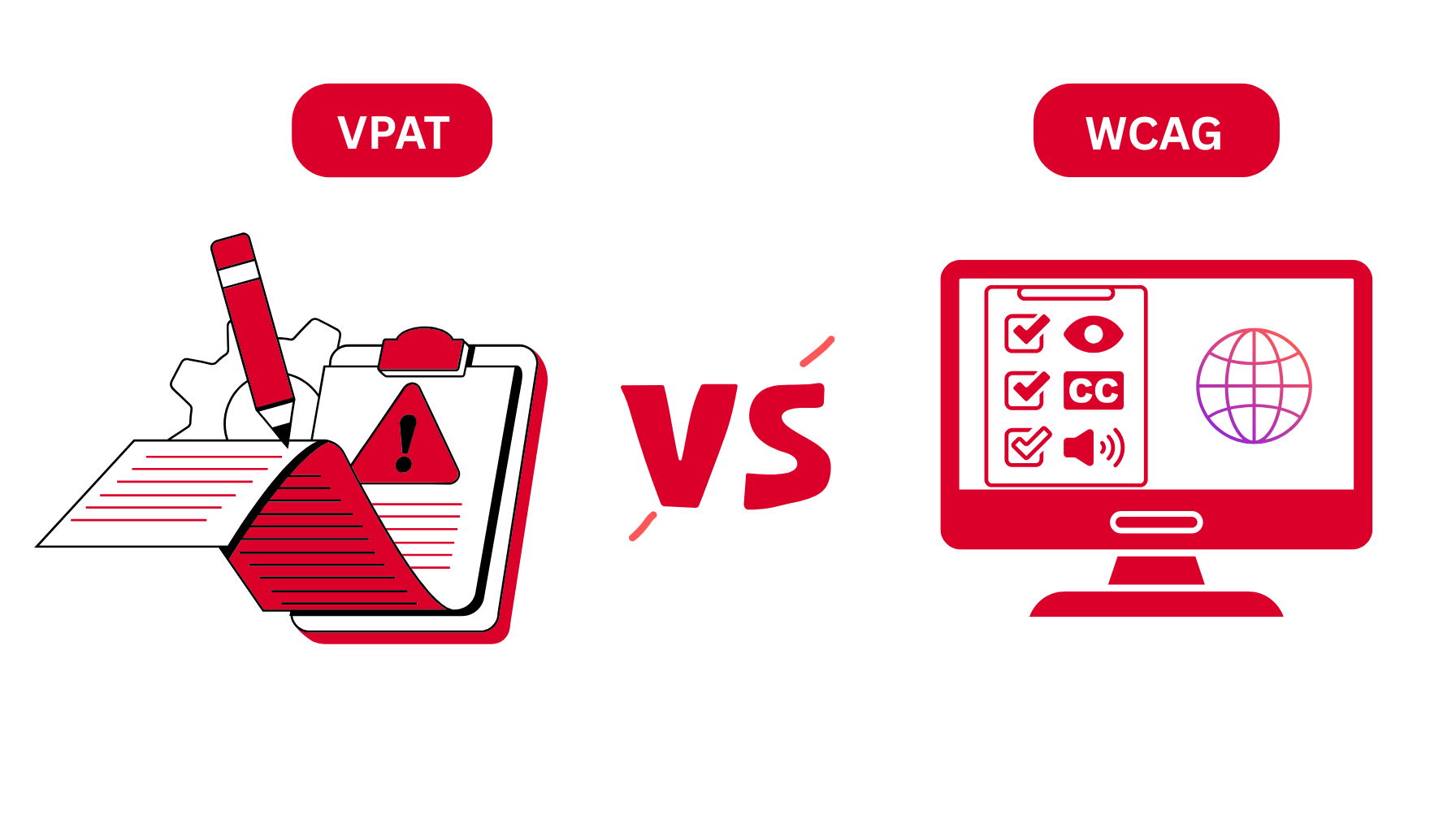In today’s rapidly evolving digital landscape, ensuring that services and products are accessible to everyone, including people with disabilities, is not just a legal requirement but also a moral necessity. One of the most effective strategies to achieve this is by establishing an Accessibility Advisory Committee (AAC). Here are some compelling reasons why your organization should consider forming an AAC:
1. Expertise and Insight
An AAC brings together individuals with diverse disabilities, accessibility experts, and advocates, who together provide invaluable insights into the challenges faced by people with disabilities. Their firsthand experience and expertise can guide the development of more inclusive services and products, ensuring they are accessible to all users.
2. Compliance with Accessibility Standards
With regulations like the Accessibility for Ontarians with Disabilities Act (AODA), Accessible Canada Act (ACA), and others, organizations are required to meet specific accessibility standards. An AAC can help your organization stay compliant by keeping abreast of the latest regulations and ensure that your practices meet these standards, thereby avoiding potential legal problems.
3. Market Expansion and Customer Satisfaction
By prioritizing accessibility, organizations can tap into a larger market. People with disabilities represent a significant portion of the consumer base. An AAC can help make your products or services more accessible, thereby increasing customer satisfaction and loyalty, and expanding your market reach.
4. Innovative Solutions
The unique perspectives and experiences of AAC members can foster innovative solutions that may not be evident to those without disabilities. This can lead to the creation of groundbreaking products and services that not only benefit individuals with disabilities but also provide enhanced usability for all users.
5. Reputation and Corporate Responsibility
Establishing an AAC demonstrates your organization’s commitment to diversity, equity, and inclusion. This can significantly enhance your brand’s reputation, showing potential clients, investors, and employees that you are dedicated to corporate social responsibility and creating an inclusive environment.
6. Continuous Improvement
Accessibility is not a one-time goal but a continuous journey. An AAC can provide ongoing feedback and recommendations, ensuring that accessibility remains a priority and that your organization continually improves its practices and offerings.
7. Employee Engagement and Awareness
Having an AAC also helps in raising awareness and understanding of accessibility issues among your employees. This can foster a more inclusive workplace culture and improve employee engagement by involving them in meaningful initiatives that make a real difference.
Conclusion
Forming an Accessibility Advisory Committee is a strategic step towards creating a more inclusive and accessible environment for everyone. It not only helps in meeting legal requirements and enhancing customer experience but it also promotes innovation, improves brand reputation, and ensures continuous improvement of accessibility practices. If your organization is committed to building a more inclusive society, establishing an AAC is undoubtedly a move in the right direction.







